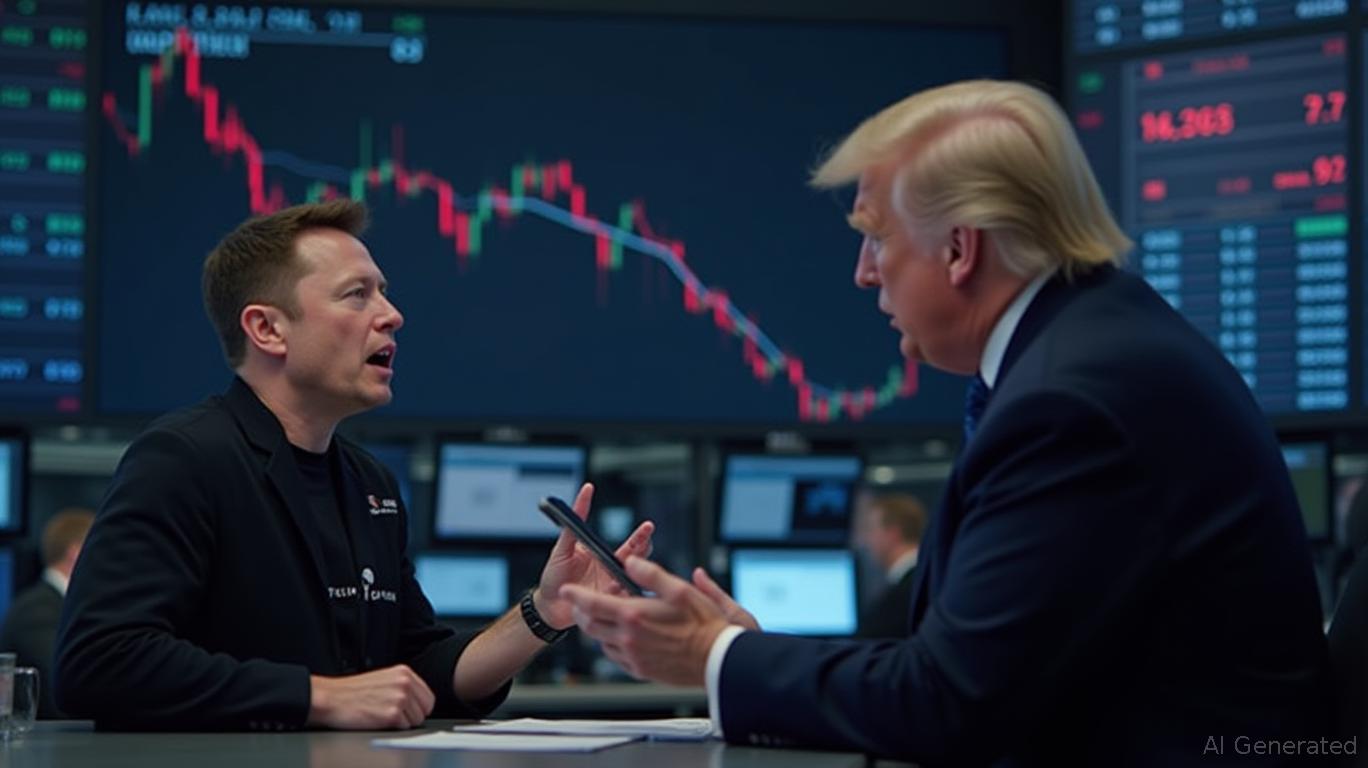Polygon Labs CEO Outlines Vision for Unifying Blockchain Ecosystem with AggLayer
Marc Boiron, the CEO of Polygon Labs, has outlined the company's strategy to become the connective tissue in the increasingly crowded blockchain ecosystem. With a background as a lawyer, Boiron's path to blockchain leadership was unconventional, having served as Chief Legal Officer at dYdX before joining Polygon Labs. His vision for Polygon involves positioning it as a unifying force in the fragmented world of blockchain through a new product called AggLayer.
Boiron's journey to the blockchain industry began with his role as a partner at various big law firms in the U.S., where he advised on crypto since 2017. His excitement about scaling Web3 led him to join Polygon Labs, first as Chief Legal Officer and later as CEO. Polygon's goal is to build an 'Internet of Value,' a trustless internet that makes it easily accessible for anyone to manage their assets. This vision is embodied in the AggLayer, a product designed to serve as a settlement layer for every chain across crypto.
The AggLayer aims to address the challenge of scaling the capability of bringing actual value on-chain across the entire digital ecosystem. Currently, the solution involves many different blockchains, but the vision is to unify these chains to enable a massive amount of transactions in a seamless way. Boiron believes that the Internet of Value will be brought to life through AggLayer, which is intended to be a form of settlement for every chain across crypto.
Interoperability has been a long-standing promise in the blockchain industry, but Polygon's approach with AggLayer sets it apart. The product is designed to unite all of Web3 on a single settlement layer, providing a secure way to move between different chains. The ability to finalize transactions between two different chains in less than two seconds is a key feature of AggLayer. This is achieved through a system that monitors all assets moving in and out of chains and uses pessimistic proof to verify and confirm the assets' existence before allowing the transfer.
Currently, this system works exclusively with Polygon CDK chains, but an upcoming update will allow any EVM chain to connect to AggLayer. This expansion brings Polygon closer to its vision of unifying all of Web3. Boiron emphasizes that Polygon's core strengths, including its relationships with financial institutions, are crucial for both real-world assets (RWA) and payments. Polygon POS hosts nearly 50 stablecoins, and major fintech players operate on the platform, with some companies exclusively using Polygon.
Polygon has established 18 tokenized funds on Polygon POS, with a strategy focused on making these assets truly functional. The goal is to integrate these assets into DeFi, starting with enabling them as collateral in lending pools for borrowing purposes. Boiron's perspective on real-world assets (RWAs) highlights Polygon's approach to the market, leveraging its relationships with financial institutions to drive adoption and utility.
In response to recent market volatility and regulatory developments, Boiron emphasizes that Polygon continues to build regardless of the environment. The company's focus remains on developing great products that users want to use, positioning itself well for when the market turns. Despite the launch of new blockchains with claims of superior performance metrics, Polygon POS is already well-positioned with its fast and low-cost transactions. The company continues to adapt and innovate, incorporating new ideas and research to maintain its competitive edge.




_e45148e31749146201654.jpeg)






